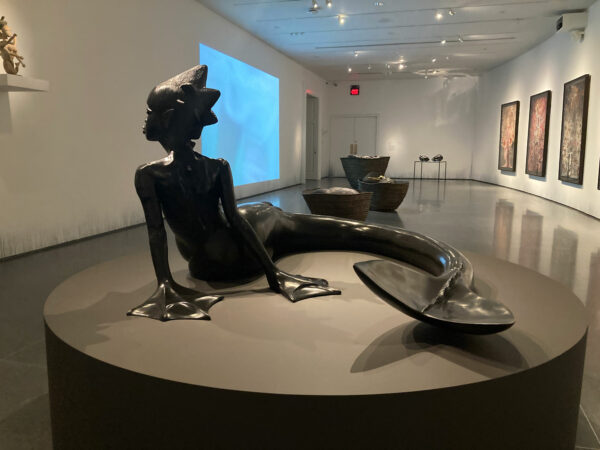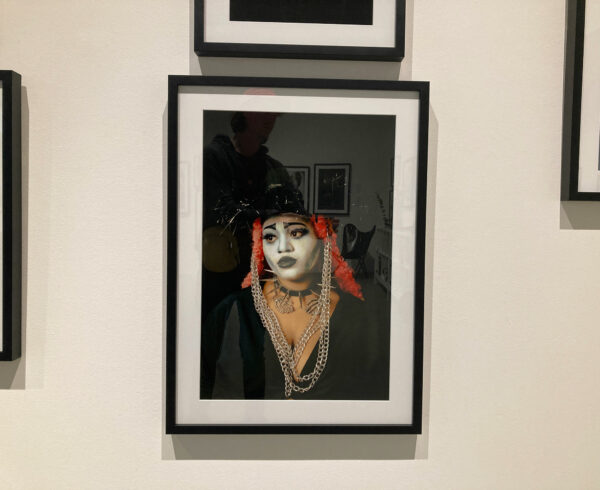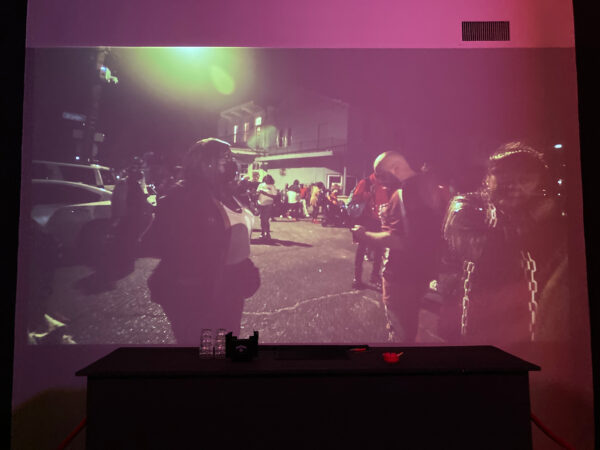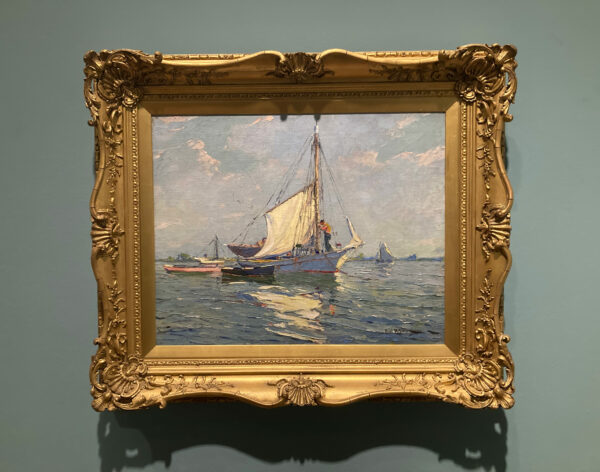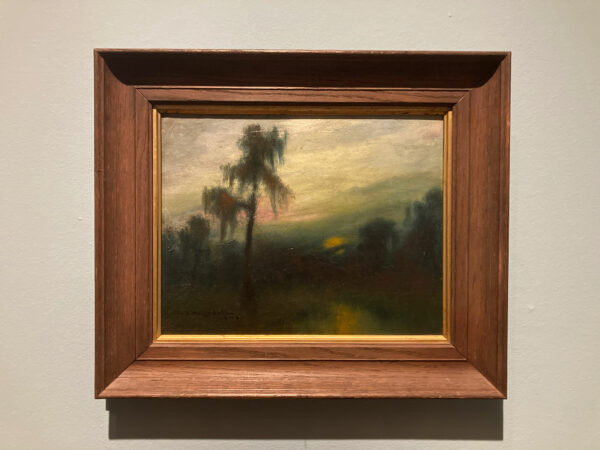Wangechi Mutu: Intertwined, January 31 – July 14, 2024 at the New Orleans Museum of Art
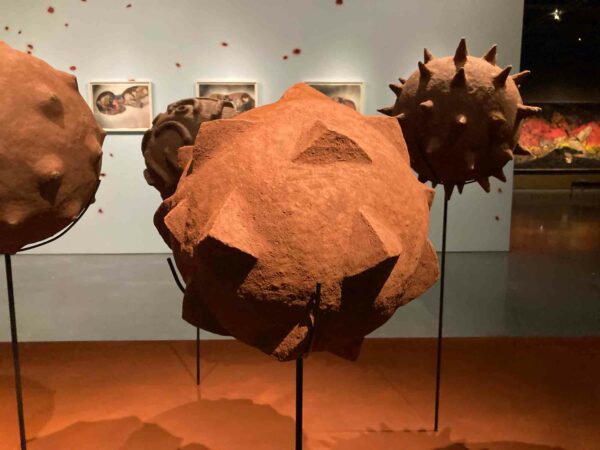
Wangechi Mutu, “Common Cold IV,” 2022, red soil, paper pulp, and wood glue. Courtesy the artist and Gladstone Gallery
Wangechi Mutu’s exhibition, Intertwined, at the New Orleans Museum of Art spans nearly two decades of her prolific career. This comprehensive survey delves into Mutu’s fearless exploration of colonial legacies and globalization, and imagines the human body from a unique perspective.
Renowned for her collage-based practice, Mutu has since expanded her artistic repertoire to include drawing, painting, and sculpture. Intertwined offers a deep dive into Mutu’s adventurous approach, highlighting themes of hybridity, transmutation, and feminist discourse.
At the heart of the exhibition are Mutu’s COVID sculptures, crafted from the rich red volcanic soil of Kenya’s highlands. These macroscopic impressions of viruses prompt reflection on the intricate relationship between life and disease within our ecosystems. Throughout the exhibition, Mutu’s exploration of mud and other materials imbues her work with visceral energy, often evoking themes of creation and rebirth through the material that makes up our planet.
Set against the backdrop of NOMA’s sprawling sculpture park, Intertwined invites audiences to engage with Mutu’s transformative vision, offering a profound reflection on identity, history, and the human experience.
****
Gestures of Refusal: Black Photography and Visual Culture, January 6 – April 29, 2024 at Contemporary Art Center New Orleans
Organized by Resident Curator Shana M. griffin, this immersive showcase brings together contemporary photographers who wield the power of the camera to celebrate and document moments of Blackness that defy erasure and subjectivity.
Spanning two floors, the exhibition offers a captivating journey through contemporary photography. Yet, it also ventures into anthropological and historical explorations, specifically highlighting the aesthetics that define the Gulf Coast experience.
In one gallery is a didactic video, produced by Louisiana Public Broadcasting for PBS Digital Studios and Houston Public Media, that examines the convergence of West African, Haitian, and New Orleans cultures. The video illuminates the creation of a unique collective ritual, offering insight into the rich tapestry of cultural influences that shape the Black experience. This gallery answered some of the questions that arose during my visit to New Orleans. Costuming and decorative arts are emblems of the city, and they can seem so densely ornate that they appear as a genre of their own. Fortunately, this exhibition carved out space to discuss these topics.
The show’s title is inspired by Tina M. Campt’s notion of “gestures of refusal,” which Campt emphasizes are embedded within artist’s practices and visual representations of Black culture, ranging from quiet acts of resistance to more overt forms of defiance. The exhibition showcases works that challenge everyday forms of violence and misrepresentation. From quiet acts of resistance to spectacular displays of creativity, these artists employ photography as a political instrument, offering alternative narratives and visual vocabularies for the future.
With over one hundred contemporary Black artists featured, including immersive installations and over two hundred art objects, Gestures of Refusal invites audiences to engage with the complexities of Black experience and renders Blackness visible in all its vibrancy and resilience.
****
Knowing Who We Are: From 19th Century Academic Painting Through Southern Regionalism, April 1, 2023 – March 3, 2024 at the Ogden Museum of Southern Art
Drawing predominantly from the museum’s permanent collection, this exhibition traced the evolution of art in the American South, beginning with academic traditions in landscape and portraiture in the 19th century. As trends in American art shifted, so too did the practice of artists in the American South.
The exhibition illuminated this dynamic change, showcasing how Southern artists responded to the emergence of Impressionism with a distinct blend of tradition and innovation, always rooted in a steadfast awareness of the power of place.
On the third floor of Goldring Hall, visitors encountered a diverse array of artistic movements, from early photography to Impressionism, Tonalism, the Arts & Crafts Movement, and Symbolism. Through works by notable Texas painters such as Dawson Dawson-Watson, Charles Franklin Reaugh, Julian Onderdonk, and Eloise Polk McGill, the exhibition contextualized these movements within the unique cultural and historical landscape of the American South. The wall text included diagrams of which states each painter hailed from, which added much-appreciated context to the regionalism that can be found within one art movement. It won’t be surprising to audiences that Texas made many appearances in the collection of works.
Knowing Who We Are invited audiences to explore the intertwined narratives of art and identity, and celebrated the enduring legacy of Southern creativity and cultural integrity.
William Sarradet is the Assistant Editor for Glasstire.


